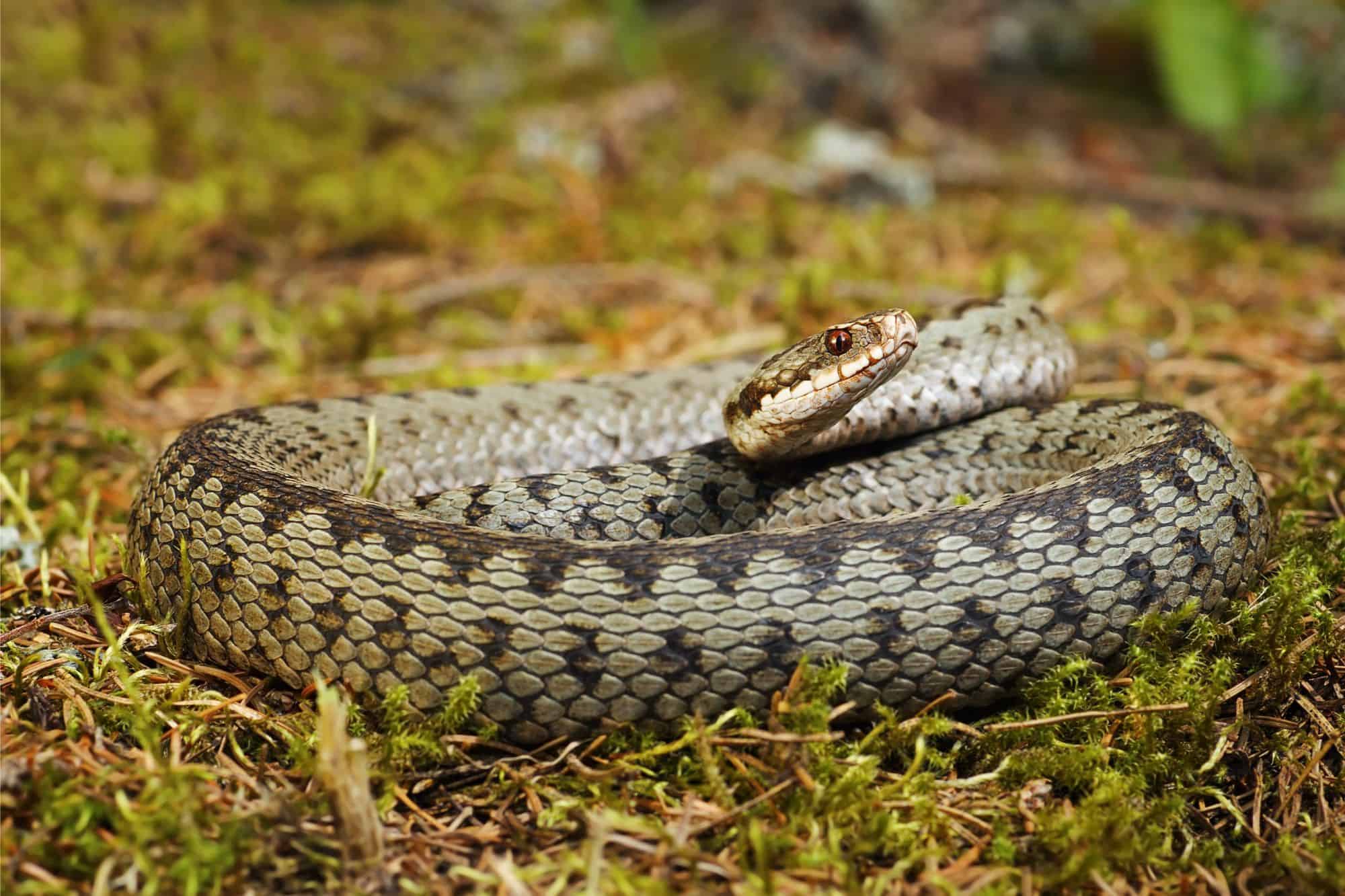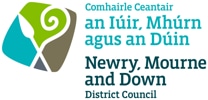Explore
Eilean na Muice Duibhe
Eilean na Muice Duibhe, also known as Duich Moss, is situated in the centre of the Island of Islay on the west coast of Scotland, and is designated as a Special Area of Conservation (SAC), a Special Protection Area (SPA), Site of Special Scientific Interest (SSSI) and a Ramsar site. It is one of the biggest single roost sites in the UK for Greenland white-fronted goose, as well as supporting a number of other important species such as Hen harrier, Woodcock and a range of breeding waders.
The peatland habitat found here is largely active and diverse, including hummocks, ridges and deep watershed pools, as well as an unusual habitat transition from blanket bog to raised mire habitats. Occurring at a low level on a coastal plain, Duich Moss differs from other blanket bogs on Islay, which have different topographic features. The vegetation found here is similar to that found on Irish bogs rather than UK bogs.

CANN Works
Over the lifespan of the project, the CANN team will be working on producing a Conservation Action Plan for Eilean na Muice Duibhe, which will be used to guide the site towards a favourable conservation status. On the ground CANN conservation actions will focus on the removal and eradication of Rhododendron, a highly invasive species which can spread very quickly and threatens the natural habitat by excluding the native bogland flora through competing for space.Species
The adder is a snake which likes to live in woodland, heathland and moorland habitats, including on and around peat bogs, where they hunt for lizards and small mammals. They are relatively small but bulky, growing to be approximately 65cm long. The males are silver-grey whilst the females are reddish-brown; both have a darker zigzag pattern running along the middle of their backs. They hibernate from October to March, and start to emerge as the days get warmer. Adders are the only venomous snake native to the UK. But you shouldn’t worry. Adders are not aggressive snakes; they don’t like to fight and will flee if they have the option. Most cases of adder bites happen when they are stepped on or picked up. In the case receiving an adder bite medical attention should be sought straight away, but fatalities because of adder bites are very rare – statistically bees and wasps are more dangerous!- Cookies
- |
- Privacy Policy
- |
- Copyright 2022 ©
Website designed by Visionworks Interactive













